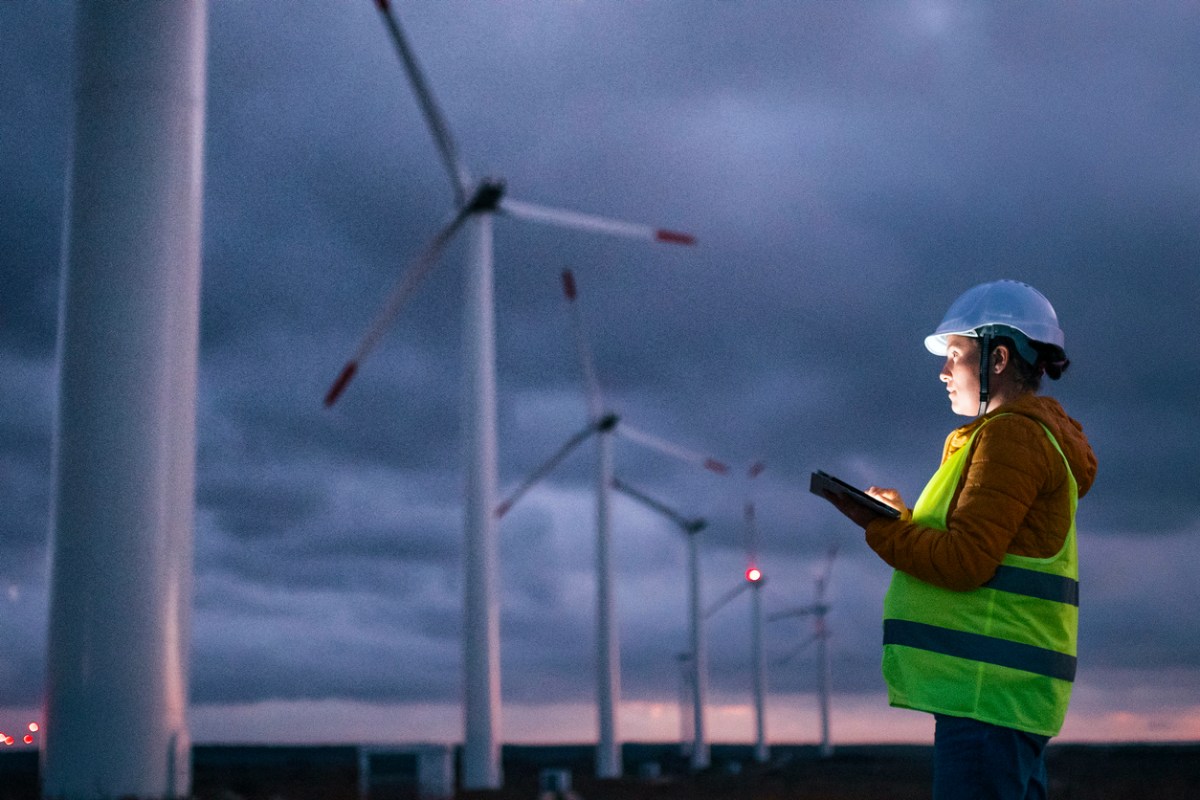In a dramatic policy reversal from the Trump era, the Biden administration has committed to cut emissions by 50 to 52 per cent of 2005 levels by 2030. It’s a welcome development for net zero emissions industries and investors, but it leaves Australia at risk of falling behind the development of next generation energy, infrastructure and technology.
The Investor Group on Climate Change (IGCC), a collaborative research and advocacy organisation of Australian institutional investors, suggests the US target is now one of the strongest emissions reduction targets among G20 countries; led only by the EU and Britain.
“Investors need stable, long-term and investable policy to build the necessary confidence to commit the scale of capital required to drive the transition to net zero emissions and create the jobs and industries that will come with it.” says Erwin Jackson, Director of Policy at the Investor Group on Climate Change. “While emissions reductions goals are not an end to themselves, they are a strong market signal about a nation’s intent to attract the trillions of dollars in private capital hungry for clean investment opportunities in the net zero transition.”
Of course comparing national pledges is not easy. The US counts their cuts since 2005, and the EU winds back to 1990 to measure their reductions. Either way, they’ve both set targets, and Australia seems only to be making excuses. The Australian federal government is yet to commit to a net zero emissions target for 2050, while all the states and territories have moved forward with their own commitments.
“Australia’s current goals and policy frameworks don’t measure up to what is emerging in comparable developed nations. This puts us at a competitive disadvantage in global capital markets. Without change Australia risks missing out on a substantial swathe of foreign investment, while local investment will increasingly head offshore for opportunities with better climate risk profiles.” Jackson says.
The threat to Australian industry is becoming increasingly tangible as EU policy makers propose a ‘carbon border levy‘. This would force all exporters into the EU to pay a levy based-on the carbon intensity of the goods being shipped. From the EU perspective it will stop ‘carbon leakage’ to less regulated regions, and it levels the playing field as European industry is exposed to a carbon tax.
The legal and regulatory rules will be complex, and the levy will face stiff opposition, but as more countries commit to sharp emissions reductions, the threat becomes increasingly real.
In Australia, the obfuscation of a national Net Zero by 2050 stifles both innovation locally, and competitiveness externally for trade exposed industries. The IGCC surveyed their members in 2020 and found cases of investors holding back in deploying capital due to lack of clear policy.
“Investors consider policy uncertainty and practical investment challenges as the key barriers this year, with over 40% of investors signalling them as issues. Whilst the response from some investors is the ‘wait and see approach’, delaying their investments particularly for large private investments in infrastructure, other investors continue to deploy their capital offshore. It’s likely investors do both.” The report explains.
There is hope that recent comments from Prime Minister Scott Morrison show an appreciation for the importance of setting targets, and taking the steps to achieve them. While taxation of emissions is still off the table, the Prime Minister reiterated his focus on the commercialisation of low-emissions technologies to ensure we achieve our Paris Agreement targets in 2030.

